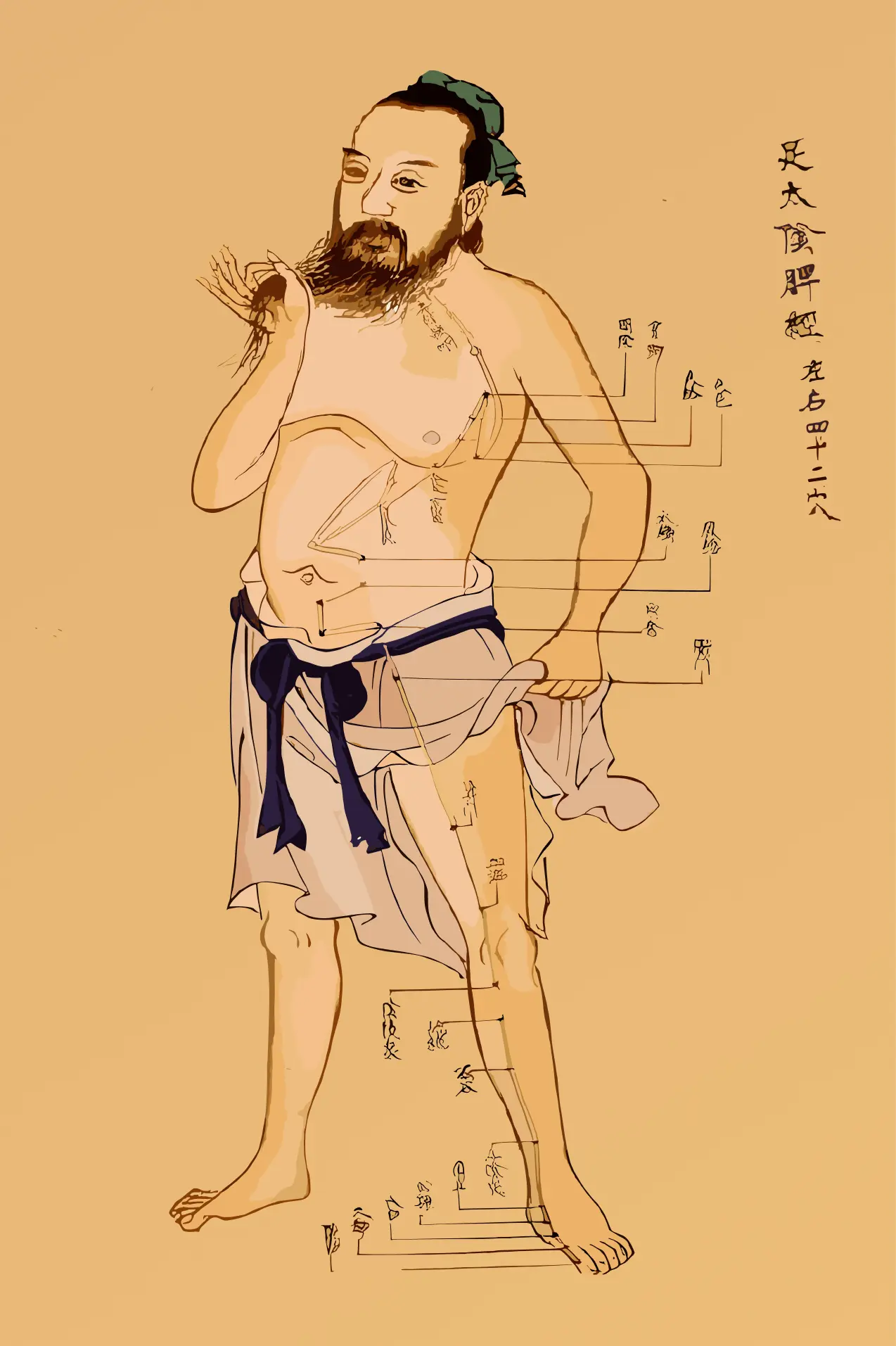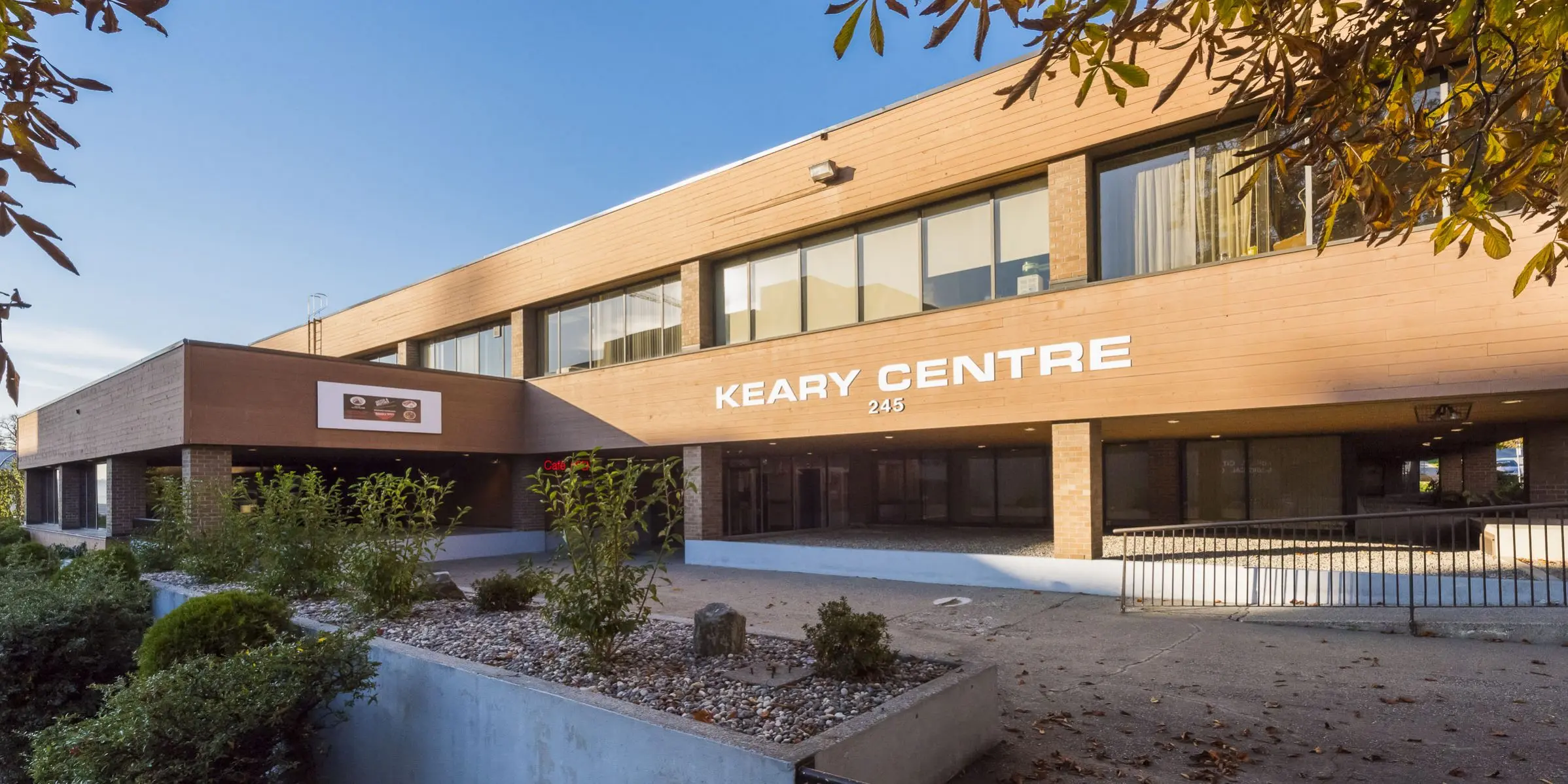Acupuncture

Traditionally, the practice of acupuncture is based on the theory of meridians and collaterals (Jing Luo Theory). According to this theory, qi (vital energy) and blood circulate in the body through a system of channels called meridians. These meridians connect internal organs with external organs or tissues. By stimulating certain points on these meridians, the flow of qi and blood can be regulated and diseases treated. The stimulated points are called acupuncture points, or acupoints. To view modern scientific theories which attempt to explain the mechanisms of acupuncture
What can acupuncture treat?

What Conditions Does Acupuncture Treat?
In an official report, Acupuncture: Review and Analysis of Reports on Controlled Clinical Trials, the World Health Organization (WHO) listed the following symptoms, diseases and conditions that have been shown to be treated effectively by acupuncture:
- Low Back pain
- Periarthritis of the shoulder
- Neck Pain
- Facial pain (including craniomandibular disorders)
- Sciatica
- Tempromandibular (TMJ) dysfunction
- Tennis Elbow
- Rheumatoid arthritis
- Knee pain
- Induction of labor
- Sprains
- Correction of malposition of fetus (breech presentation)
- Headache
- Leukopenia
- Adverse reactions to radiation or chemotherapy
- Morning Sickness
- Allergic rhinitis, including hayfever
- Nausea and vomiting
- Acute and chronic gastritis
- Postoperative pain
- Depression (including depression neuorsis & following stroke)
- Stroke
- Acute bacillary dysentery
- Essential hypertension
- Primary Dysmenorrhea
- Primary Hypertension
- Acute Epigastraligia
- Renal / Biliary Colic
- Peptic Ulcer
- Dental Pain
While acupuncture is indeed an ancient art it is by no means a dead art. Over the centuries acupuncture has continued to develop, not only in China but around the world. Click here to discover some of the various types of acupuncture currently practiced here in Canada and abroad.

